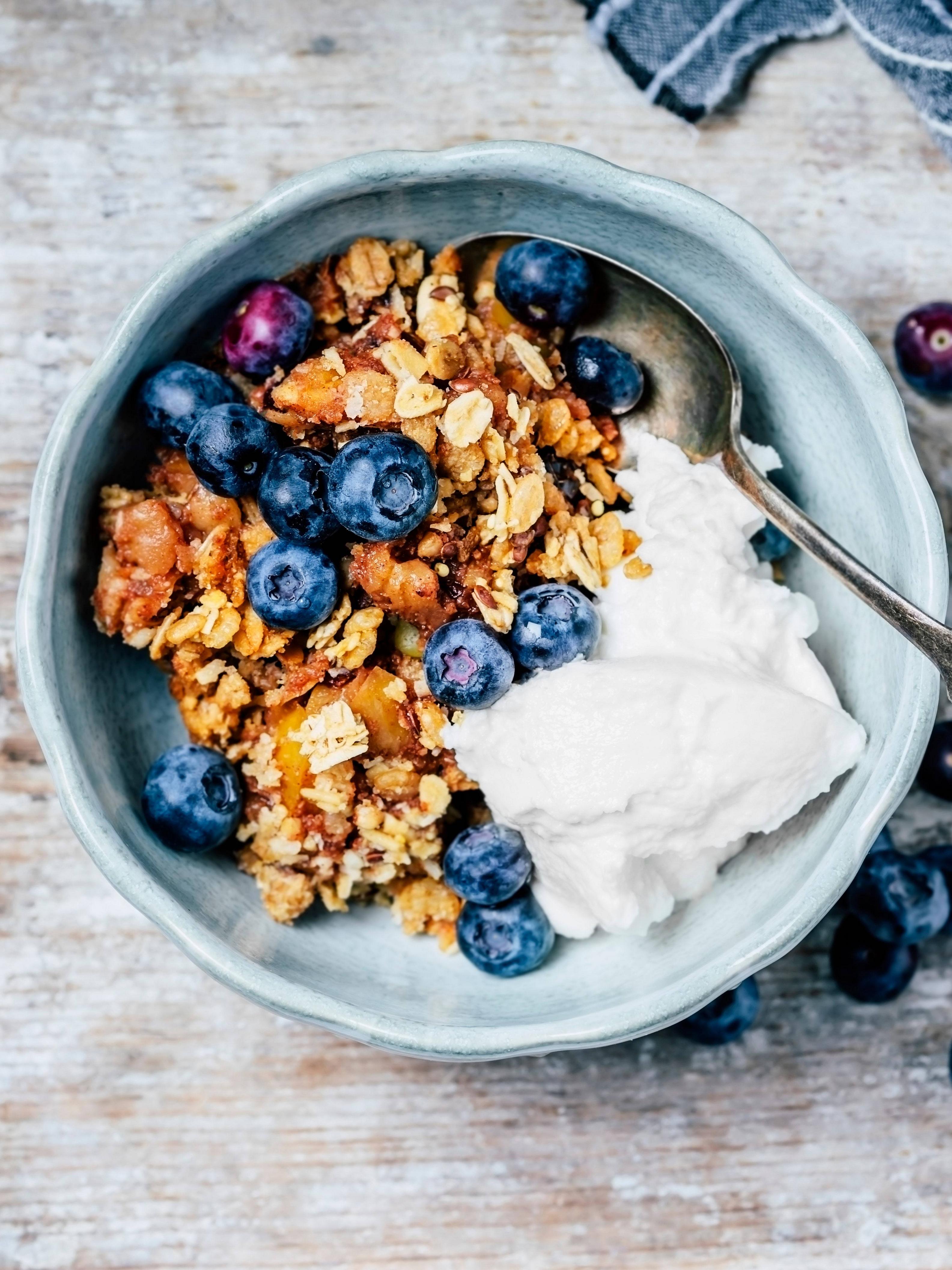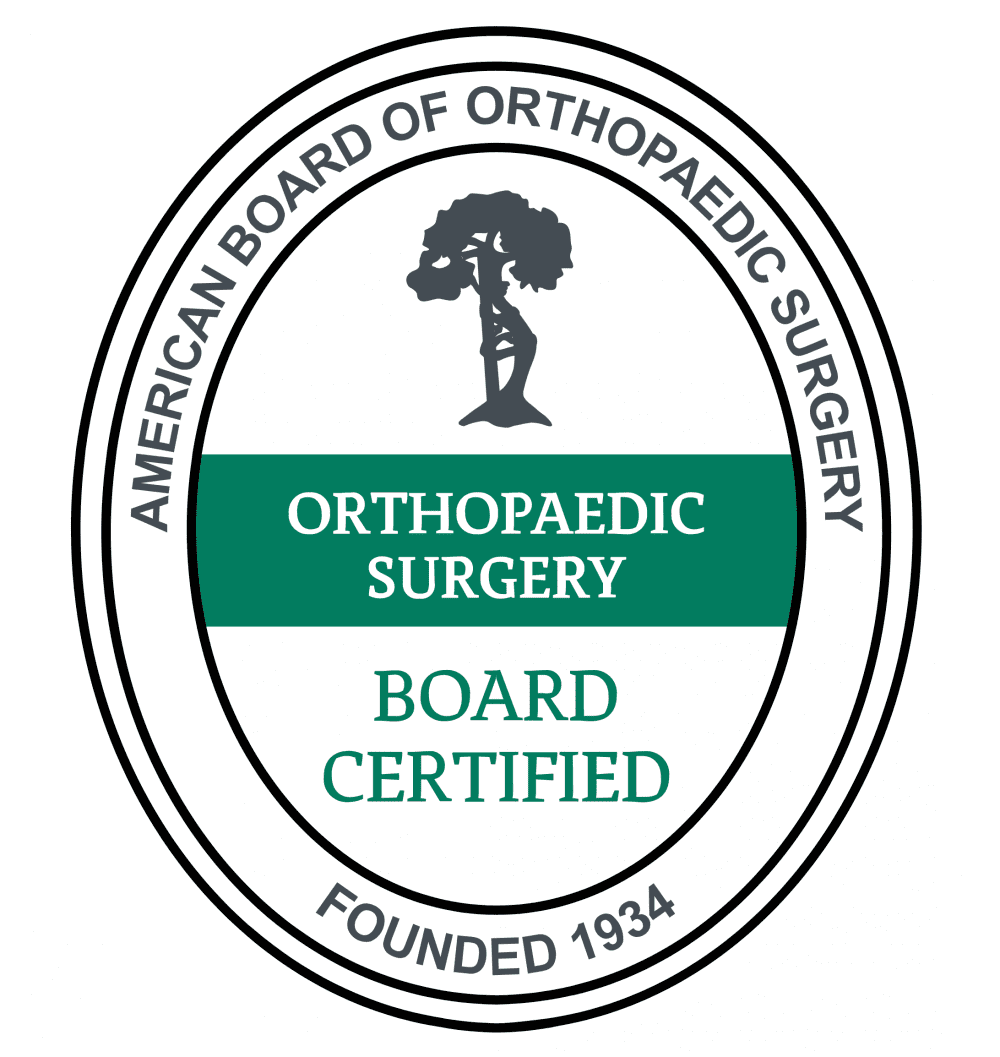
A great way to burn excess fat is by performing exercise for overweight people. These exercises will tone all areas of your body, including the stomach and arms. They will give you the energy and strength you need to carry out your daily tasks. These routines work well for those just starting out and those looking to lose weight. Start by finding an exercise that you love and sticking with it. It doesn't have to be hard, and you can try these at home without any equipment.
Many people who are obese report feeling short of breath after exercising. This is quite common. It's due to the fact you have a wider chest than the rest. Your lungs will have a harder time expanding fully if you have a thicker chest wall. If you find yourself having trouble breathing, stop and see a doctor. You may be unable to continue exercising. To build your muscles, you can try low-impact exercises first.

Walking is a great exercise choice for those who are overweight. Your level of fitness and age will determine how much exercise you get, but walking for a mile can help you shed some weight. If you are looking for a low-impact workout, push-ups can be done. You can modify the exercises if you're having trouble doing push-ups. Modifying the exercise to fit your weight is the best way to make it work.
Although it may seem hard to exercise for overweight people, it is possible. These exercises can be used as a starting point in your exercise program. It's important to remember that it's best to introduce them slowly to avoid injury. If you're new to exercising, you should start with simple beginner calisthenics and work your way up. These will gradually build your strength. If you want to improve your overall health, you should include calisthenics in your workouts.
Walking is good for cardio and core strength. It increases core strength and reduces pain. Walking is a great exercise option for obese individuals. It is good for your overall health and can even improve your mood. It is also a great way of losing weight and getting in shape. These exercises are great for those who are busy and don't have the time to go to the gym. You can also buy exercise balls or exercise machines that you can do at home.

Exercises for overweight people can help you lose weight and improve your mood. To ensure safety, it is important to consult your doctor before you start any exercise program. Your doctor can also be consulted before you begin an exercise program. They will be able to advise you on the most appropriate exercises for overweight individuals for your particular condition. They'll tell you what you need to do to reach your fitness goals.
FAQ
How do you measure body fat?
A Body Fat Analyzer is the best way to measure body weight. These devices are used to measure body fat for people who want weight loss.
Exercise: Good or Bad for Immunity?
Exercise is good to your immune system. Your body creates white blood cells when you exercise that fight infection. Your body also eliminates toxins. Exercise helps prevent diseases like cancer and heart disease. It reduces stress.
Exercising too often can cause your immune system to be weaker. You can cause muscle soreness by working out too hard. This can cause inflammation as well as swelling. Your body will then produce more antibodies in order to fight infections. This can lead to allergic reactions and other autoimmune disorders.
So, don't overdo it!
What is the difference of a virus from a bacteria?
A virus is a microscopic organism that cannot reproduce outside its host cell. A bacterium, a single-celled organism, reproduces by splitting into two. Viruses can be as small as 20 nanometers, while bacteria can grow up to 1 micron.
Viruses are often spread through contact of infected bodily fluids like saliva, urine or semen. Bacteria are often spread via direct contact with contaminated surfaces or objects.
Viruses can get into our bodies through cuts and scrapes on the skin, bites, and other injuries. They can also enter the body through the mouth, nose, eyes and ears, vaginal, rectum or anus.
Bacteria can be introduced to our bodies by cuts, scrapes or burns. They may also come into our bodies through food, water, air, soil, dust, or animals.
Both bacteria as well as viruses can cause illness. But viruses do not have the ability to multiply within their hosts. They only cause disease when they infect living tissue.
Bacteria can cause illness by multiplying in the body. They can invade other areas of the body. Antibiotics are needed to eliminate them.
What's the difference between a calorie and kilocalorie?
Calories can be used to measure how much energy is in food. Calories is the unit of measurement. One calorie represents the energy required to raise one gram of water's temperature by one degree Celsius.
Kilocalories refer to calories in another term. Kilocalories are expressed in thousandths (or a calorie). 1000 calories is one kilocalorie.
What is the difference of fat and sugar?
Fat is an energy source that comes from food. Sugar is a sweetener found in fruits, vegetables, and other foods. Both sugars and fats have the same calories. However, fats contain more than twice as many calories as sugars.
Fats are stored within the body and can contribute to obesity. They cause cholesterol buildup which can lead to strokes and heart attacks.
Sugars are quickly absorbed into the body and provide instant fuel. This causes blood sugar levels to rise. High blood glucose levels can pose a danger because they increase the chance of developing type II Diabetes.
How does an antibiotic work?
Antibiotics are medications that kill harmful bacteria. Antibiotics can be used to treat bacterial infection. There are many options for antibiotics. Some can be taken orally while others are injected. Others are topically applied.
Antibiotics are often prescribed to people who have been exposed to certain germs. To prevent shingles, an oral antibiotic may be prescribed to someone who has had chicken pox. An injection of penicillin may be necessary to prevent pneumonia if someone has strep.
If antibiotics are to be administered to children, they must be prescribed by a doctor. Children are more susceptible to side effects from antibiotics than adults.
Diarrhea, the most common side-effect of antibiotics, is probably diarrhea. Other side effects possible include dizziness, nausea, vomiting, stomach cramps, dizziness and allergic reactions. These symptoms generally disappear once the treatment has finished.
Statistics
- The Dietary Guidelines for Americans recommend keeping added sugar intake below 10% of your daily calorie intake, while the World Health Organization recommends slashing added sugars to 5% or less of your daily calories for optimal health (59Trusted (healthline.com)
- According to the 2020 Dietary Guidelines for Americans, a balanced diet high in fruits and vegetables, lean protein, low-fat dairy and whole grains is needed for optimal energy. (mayoclinichealthsystem.org)
- According to the Physical Activity Guidelines for Americans, we should strive for at least 150 minutes of moderate intensity activity each week (54Trusted Source Smoking, harmful use of drugs, and alcohol abuse can all seriously negatively affect your health. (healthline.com)
- In both adults and children, the intake of free sugars should be reduced to less than 10% of total energy intake. (who.int)
External Links
How To
What does "vitamin" actually mean?
Vitamins are organic compounds found naturally in food. Vitamins are essential for our bodies to absorb nutrients from the foods we eat. Vitamins are not made by the body, so they must be obtained through food.
There are two types vitamins: water soluble or fat soluble. Water-soluble vitamins dissolve in water easily. Some examples include vitamin C,B1 and B2 vitamins (thiamine), B2 and riboflavin, B3 and B6 vitamins (niacin), folic acids, biotin, pantothenic acids, and cholesterol. The liver and fatty tissues are home to fat-soluble vitamins. These include vitamin D, E and K, as well as beta carotene.
Vitamins are classified based on their biological activity. There are eight major vitamin groups:
-
A - vital for healthy growth.
-
C – essential for proper nerve function.
-
D – Essential for healthy teeth, bones and joints
-
E is required for good vision and reproduction.
-
K - Required for healthy nerves and muscles.
-
P - vital for building strong bones andteeth.
-
Q - aids digestion, absorption and absorption iron
-
R - necessary for making red blood cells.
The recommended daily intake (RDA), of vitamins varies with age, gender and physical condition. RDA values are set by the U.S. Food and Drug Administration (FDA).
For adults 19 years and over, the RDA of vitamin A is 400mg per day. Pregnant women require 600 micrograms daily to support fetal development. Children ages 1-8 require 900 micrograms per day. Infants below one year old require 700mg per day. But, between 9 months to 12 months, the amount drops to 500mg per day.
Children between the ages 1--18 years old who are overweight or obese require 800 micrograms per Day, while those who are overweight or obese need 1000 micrograms. To meet their nutritional needs, children underweight and obese require 1200 micrograms a day.
Children aged 4-8 years old who have been diagnosed as having anemia require 2200 micrograms of vitamin C per day.
2000 micrograms daily is required for adults over 50 to maintain their general health. Breastfeeding or pregnant women require 3000 micrograms per daily due to higher nutrient demands.
1500 micrograms are required daily by adults over 70 because they lose approximately 10% of their muscle each decade.
Women who are pregnant, nursing or breastfeeding need more than the RDA. Pregnant women require 4000 micrograms daily during pregnancy, and 2500 micrograms every day after birth. Breastfeeding mothers need 5000 mg per day when breastmilk is being produced.